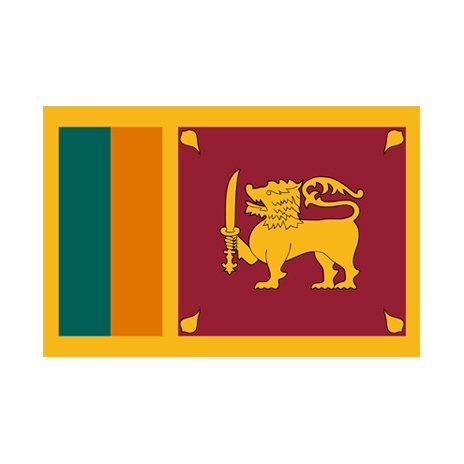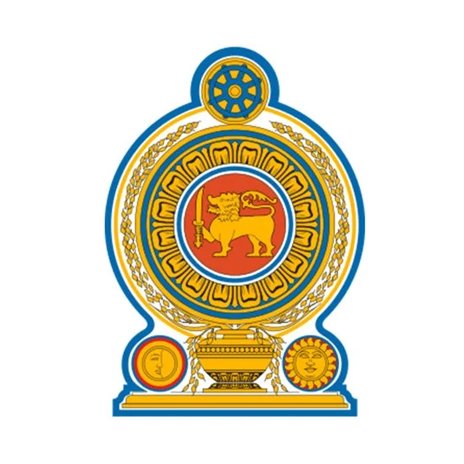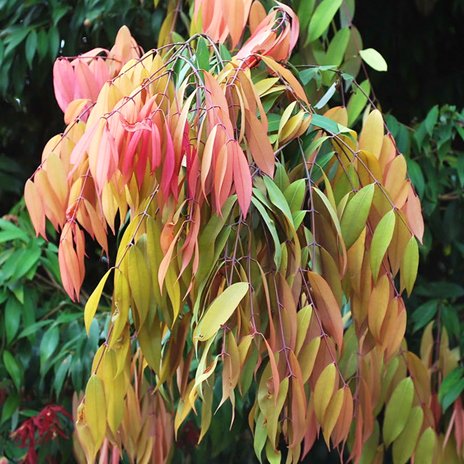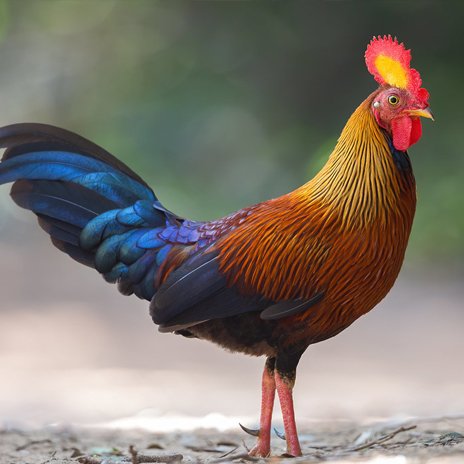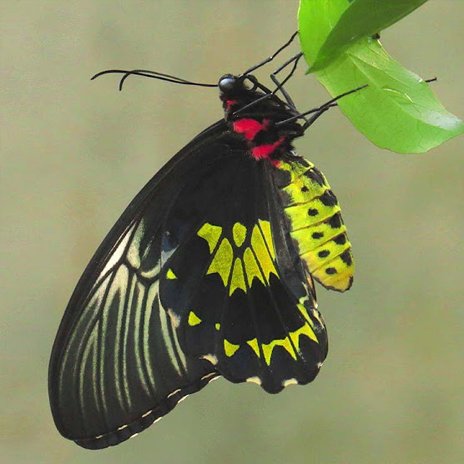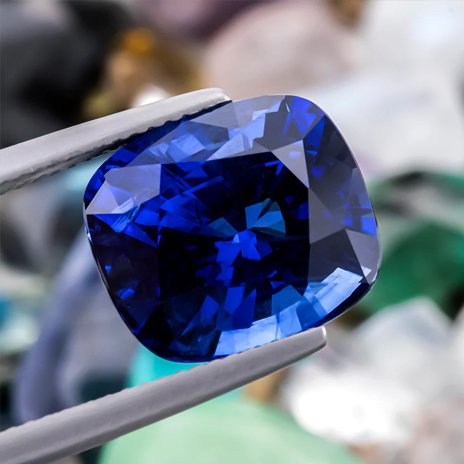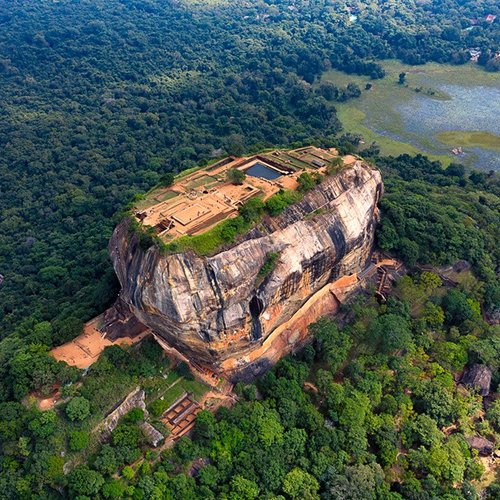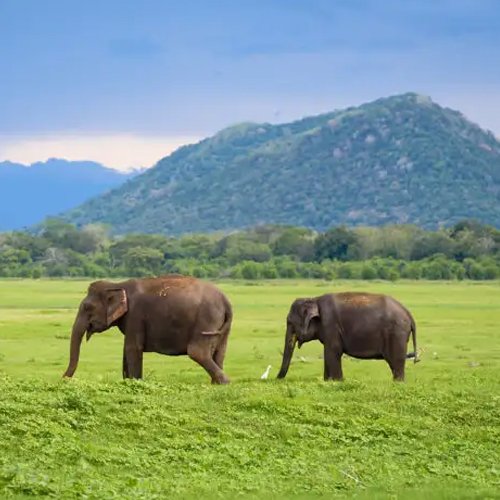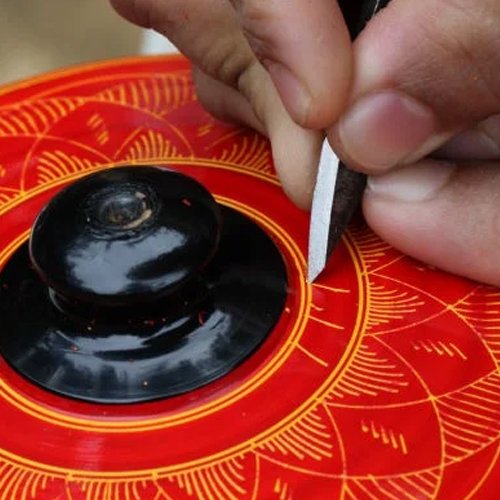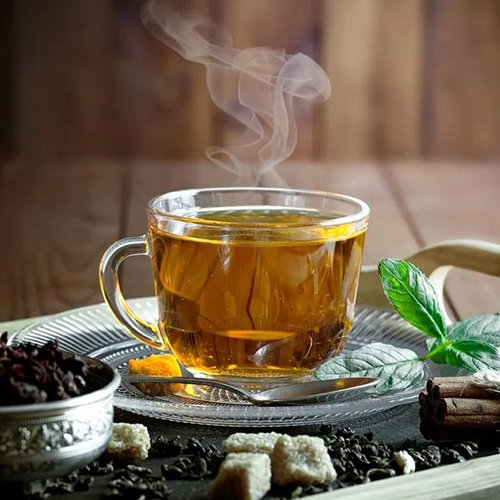Sri Lanka
- Home
- Sri Lanka
Sri Lanka
Welcome to Sri Lanka
Sri Lanka is a tropical island found off the southern tip of India. Part of the South Asian subcontinent, this pearl of the Indian Ocean, (as it has been described for time immemorial) is a travelers’ paradise and the scene of many a historic event. According to its earliest historical record the Mahavamsa, one of the first names it was called by was ‘Tambapanni’ because when invaders landed from India they noticed the copper (Tamba) colored sea sand. The golden beaches of Sri Lanka are a testament to the fact that although over 1000 years have passed since this incident was recorded not much has changed in the natural beauty of the island. Its capital city is Colombo and its official language is Sinhalese. When it was part of the British Empire (1802-1948) it was called Ceylon. It is a member of the Commonwealth and one of the world’s most important tea producers.
Sri Lanka is situated at the southern tip of India between 60 and 100 North and 800 to 820 East. It is separated from India by the Palk Strait, which is 32 km wide at its narrowest. The land area of the island is 65,610 square km with a maximum length of 432 km and a maximum width of 224 km. The southern half of the island is dominated by rugged hill country, while the northern half is a large plain. It also has palm-fringed beautiful beaches on the southwestern, southern, and south-eastern coastlines.
An Island Escape Awaits You
As a tourism destination, Sri Lanka can compete successfully with other destinations partly because of its pivotal geographical position. Its strategic location in the Indian Ocean on the major air and sea routes between Europe and the Far East is an advantage to the country’s positioning as a global logistics hub. . This geographical location of Sri Lanka was a reason for colonization by three western powers, the Portuguese (1505- 1656), the Dutch (1956-1796) and the British (1796-1948).
In addition to its location, Sri Lanka offers a plethora of options for tourists among them beach destinations, favorable climate, rich cultural heritage, national parks, and wildlife. It has 1,585 km of coastline. It has an enormous amount of culture and heritage-based resources. Sri Lanka is home to eight UNESCO World Heritage Sites, including several Buddhist and Hindu temples. According to the World Tourism Organization, Sri Lanka has the advantage of having 49 sites classified as unique attractions, 91 as rare attractions, and 7 world heritage sites, and 6 of the 300 ancient monuments in the world.
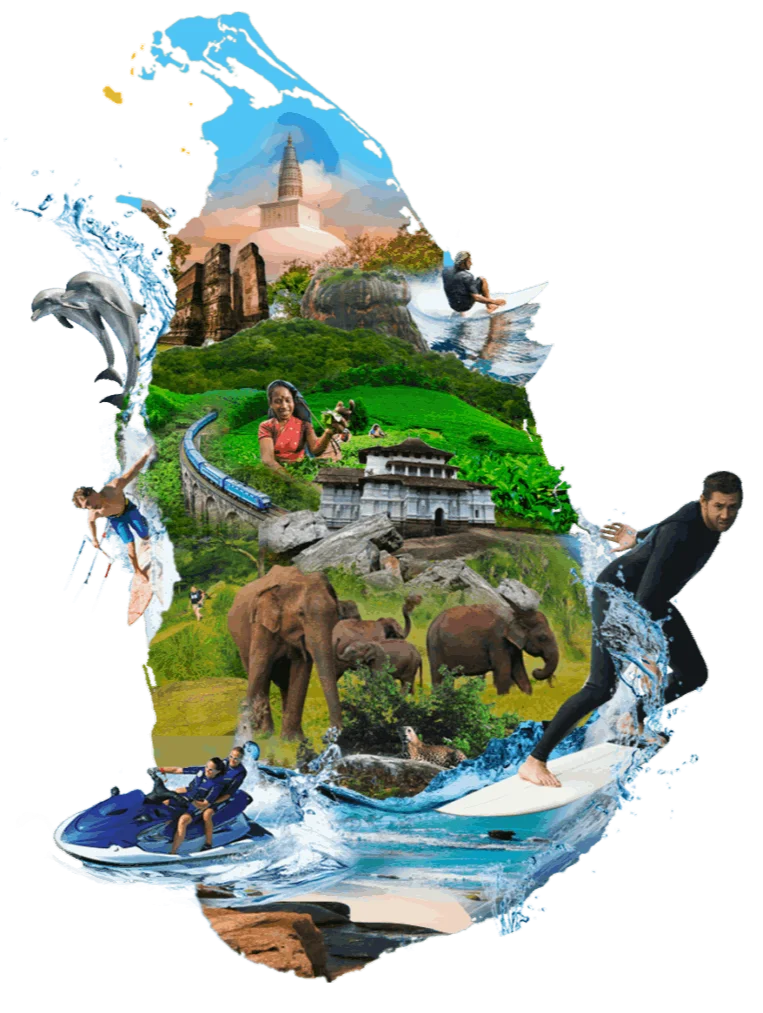
See what’s waiting for you on your next island getaway.
Savour the unique experiences this island treasure has to offer.
Come experience the magnificence of Sri Lanka for yourself and rest assured that it will be the holiday of a lifetime. Sri Lanka has many accommodation options for discerning travelers. From opulent boutique hotels to private villas, from budget resorts to guesthouses there is something for everyone. Top-knots cuisine, stunning scenery, a colorful culture, and amazing people all come together to make it the holiday of a lifetime.
To learn more about what to see and do in Sri Lanka, make sure that you read up on the country and available holiday deals so that you can have a vacation that is tailor-made to suit you. At Steeple Tours we strive to make our guests happy and content with their vacation and the rest we leave to ‘serendipity’ because after all, a ‘happy accident’ is what Sri Lanka is all about.
National symbols of Sri Lanka
The national flag of Sri Lanka consists of a lion holding a sword in its right fore paw by representing the Sinhalese people and first king. Dark red/maroon background represents Buddhist symbol. Four golden-yellow bo leaves, one in each corner represent Four Sublime States. Around the background is a yellow border that represents Buddhist monk’s community. On the left side, two vertical stripes in green and saffron represent Moors and Tamil communities. The current flag was adopted in 1950.
The national emblem of Sri Lanka used by Sri Lankan government is in connection with the administrative purpose and government of the country. The current republican emblem was adopted in 1972 after the country was declared as a republic state. The emblem has a lion, holding a sword in its right fore paw on a maroon background encircled with petals of a blue lotus. Also it features a bunch of paddy, grain vase (punkalasa), dhammachakka, sun and moon.
The water lily was declared the national flower of Sri Lanka on 26 February 1986. It is found in all parts of the island and grows mainly in shallow water. The flower is considered a symbol of truth, purity and discipline. It has connections with Buddha and was used as ceremonial flower in Sri Lanka throughout history.
Ceylon ironwood (naa) was declared the national tree of Sri Lanka on 26 February 1986. It was chosen as the national tree due to its endemism in Sri Lanka, utility, historic & cultural importance, exterior posture, wide distribution, colour and nature and ability to draw and sketch easily. Theravada Buddhism considers this tree for achieved enlightenment. The tree has been utilised for various purposes since ancient times.
Sri Lankan birdwing is endemic to Sri Lanka and was declared as the national butterfly with a connection to the butterfly conservation action plan. The largest Sri Lankan butterfly was categorized as flagship species due to its wide distribution. It has glossy black and bright yellow colors and an attractive pattern.
Volleyball was officially recognized as the national sport of Sri Lanka in 1991. The sport was introduced in 1916 to Sri Lanka. However, there is an opinion that Sri Lankans played a similar sport before its introduction. Elle had recognition as a national sport before volleyball.

